AFI
SOURCE: AFI
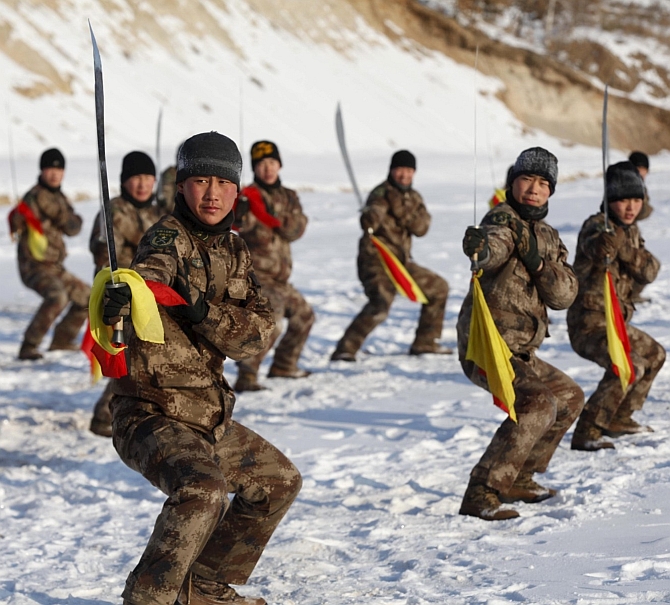
Lobsang Sangay, the Sikyong (political leader) of the Tibetan government-in- exile, expressed skepticism about China’s plans to deploy Tibetan recruits in the People’s Liberation Army (PLA) near the Indian border.
Sangay believes that Tibetan soldiers forced to join the PLA would likely defect to the Indian side due to their cultural and ethnic ties with India. He questioned the level of trust PLA officers would have in Tibetan troops, especially those coerced into service.
Continue readingSOURCE: AFI

The Korean War (1950-1953) was a brutal conflict, but amidst the fighting emerged a powerful image of compassion. This photograph depicts two Indian soldiers gently carrying a weeping Chinese prisoner-of-war (POW) towards an exchange point in Panmunjom, North Korea.
While not directly involved in the fighting, India played a significant role in the Korean War through its participation in the United Nations (UN) peacekeeping effort.
Continue readingSOURCE: AFI

The Indian Army is gearing up to deploy its first batch of robotic MULES (Multi-Utility Legged Equipment) – dog-shaped machines designed for surveillance and logistics in challenging terrain.
According to sources within the defense establishment, a September 2023 emergency procurement order secured 100 of these robotic companions. A pre-dispatch inspection of the first 25 MULES has been completed, paving the way for their imminent induction into the Army.
Continue readingSOURCE: AFI
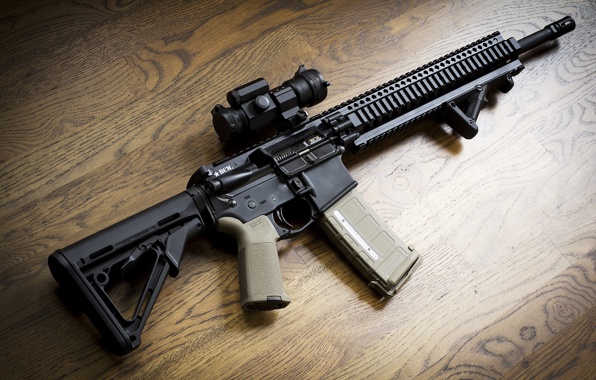
An Indo-Russian company’s vendor, M/s BSS Material from Amethi, has filed a petition in the Delhi High Court contesting its exclusion from the bidding process for a massive ?12,000 crore contract to supply close-quarter battle carbines to the Indian Army.
The crux of the petition revolves around alleged “ambiguity” in the bidding process. M/s BSS Material claims the technical evaluation committee (TEC) mistakenly considered their financials instead of those of the original equipment manufacturer (OEM), IRRPL.
Continue readingSOURCE: AFI

In 2019, the Indian Air Force’s (IAF) plan to equip its Mirage 2000 fighter jets with long-range Meteor air-to-air missiles faced a setback. Dassault Aviation, the manufacturer of the Mirage 2000, and MBDA, the maker of the Meteor missile, declined the integration due to two key factors.
Integrating the Meteor missile with the Mirage 2000 would have necessitated significant modifications to the aircraft’s systems. These modifications were deemed too expensive by both Dassault and MBDA.
Continue readingSOURCE: AFI
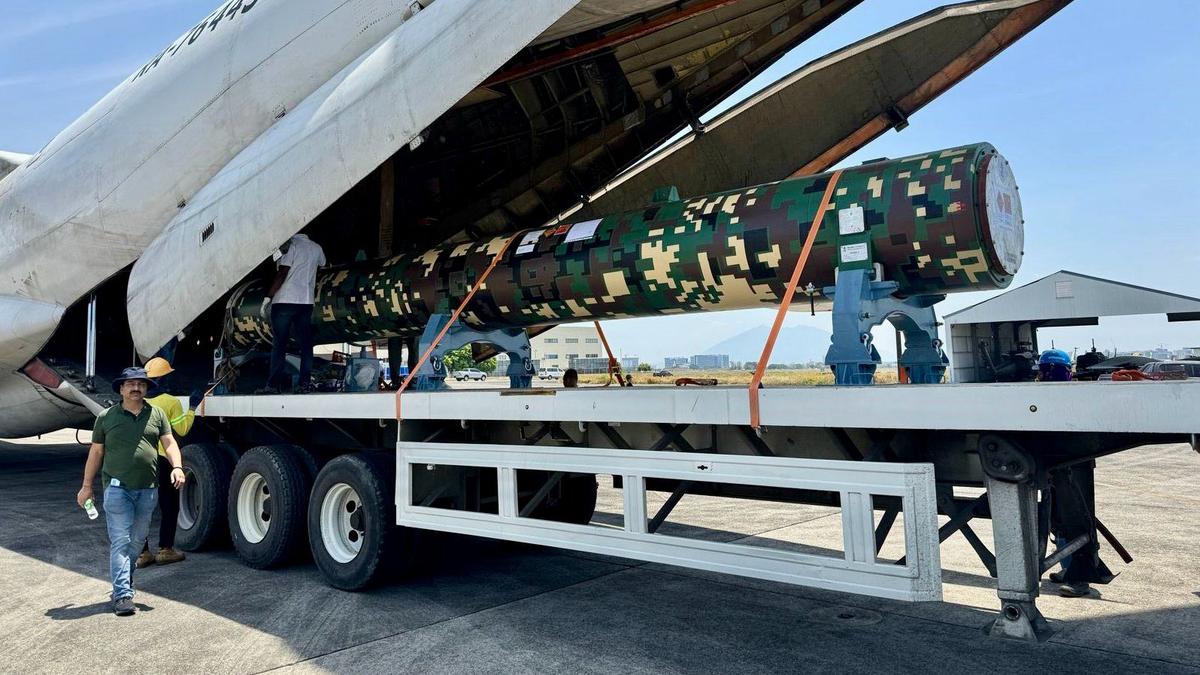
The Philippines’ Ambassador to India, Josel Francisco Ignacio, emphasized on Monday that the BrahMos missiles provide a “credible defense” capability for the Southeast Asian nation. This development, he noted, signifies India’s “rising” prowess in the defense sector.
Speaking at an event organized by the Observer Research Foundation (ORF), Ignacio highlighted the evolving dynamics between India and the Philippines. “India and the Philippines stand at the cusp of a new phase of its relations, with more engagement. We are prying open new frontiers of cooperation including defense, space, and financial technology,” he stated.
Continue readingSOURCE: AFI

Scientists at the Indian Institute of Science (IISc) have made a significant breakthrough in infrared imaging technology. They’ve created a device that can “up-convert” invisible infrared light to a visible range, allowing us to see it directly.
The human eye can only see a specific range of light frequencies, known as the visible spectrum. Infrared light falls outside this range, with even lower frequencies than red light. While invisible, infrared has various applications in fields like astronomy, defense, and night vision.
Continue readingSOURCE: AFI

Wing Commander Abhinandan Varthaman, an Indian Air Force pilot, became a national hero in 2019. He successfully shot down a Pakistani F-16 during a tense aerial skirmish before his own MiG-21 was downed. While heroically returned after his capture in Pakistan-occupied Kashmir (PoK), questions remain about his story’s silence.
However, since his return, there has been a curious contrast in media access. While Abhinandan has been promoted to Group Captain and is allowed to fly again, he has not been granted permission to speak publicly about the events of that day.
Continue readingSOURCE: AFI
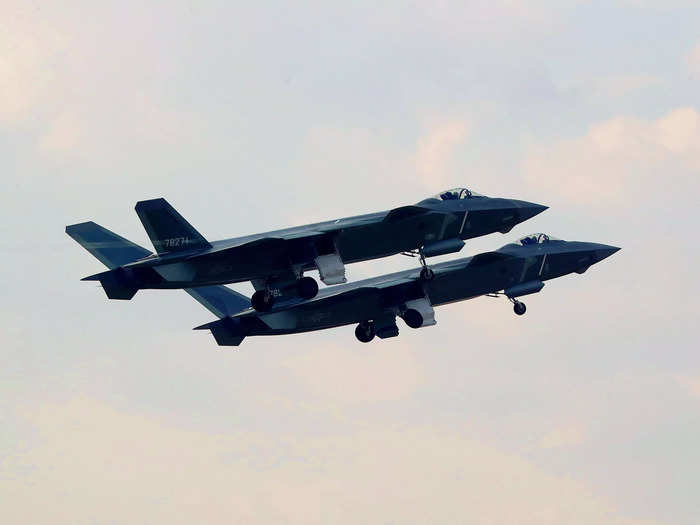
China’s rapid ramp-up of J-20 production, with estimates reaching 120 units per year, signifies their ambitious goal of fielding a massive fleet potentially exceeding 1,000 aircraft. This has security analysts worldwide, particularly in neighboring India, closely watching the development.
The Chengdu J-20 is a fifth-generation, twin-engine fighter jet boasting the title of the world’s biggest in its class. Its size, exceeding both the Su-57 and F-22, translates into a potentially significant advantage – range.
Continue readingSOURCE: AFI
The MiG-25, a Soviet interceptor renowned for its speed and altitude, boasted an equally unique radar – the RP-25 Smerch-A (also known as the TL-25). Unlike its contemporaries, the Smerch wasn’t designed for initial target detection or tracking. Instead, it served a very specific purpose: providing a final, accurate lock-on under heavy jamming conditions.
The Smerch packed a whopping 600kW punch, dwarfing the capabilities of other fighter radars at the time. This immense power allowed it to literally “burn through” enemy Electronic Countermeasures (ECM), enabling the MiG-25 pilot to acquire a target amidst jamming attempts.
Continue readingSOURCE: AFI

The Indian Navy’s INS Talwar, the lead ship of its Talwar-class frigates, has been spotted sporting a new upgrade – the formidable BrahMos supersonic cruise missile. This development marks a significant enhancement in the frigate’s firepower.
Originally commissioned in 2003, the Talwar class, including the first ship INS Talwar, was equipped with the UKSK (Universal Shipboard Launching System) firing the Klub anti-ship cruise missiles. These missiles, while potent, offered a range and capability that the BrahMos now surpasses.
Continue readingSOURCE: AFI
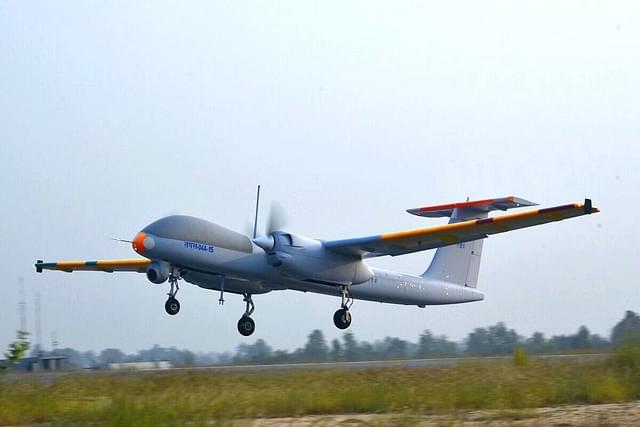
The Indian-developed Tapas drone program has reached a turning point, with the Indian Navy recently placing an order for four TAPAS-BH-201 drones. This development comes amidst a backdrop of both progress and setbacks for the project.
Drawing inspiration from the American MQ-9 Reaper, DRDO initiated the Tapas program in 2010. The drone’s maiden flight occurred in 2016. With a length of 31 feet, a wingspan of 67 feet, and a weight of 1,800 kg, the Tapas boasts a payload capacity of 350 kg and an impressive endurance exceeding 24 hours.
Continue readingSOURCE: AFI
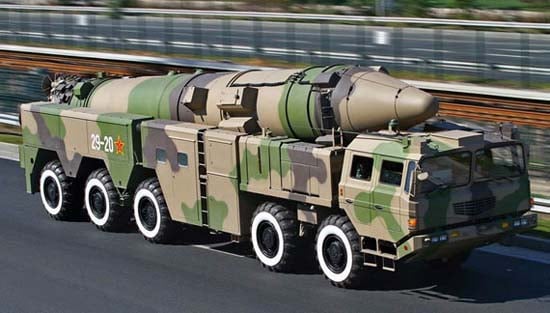
A common misconception suggests China’s DF-21D missiles pose an immediate threat to Indian aircraft carriers in the Indian Ocean Region (IOR). This article dismantles this myth by examining the challenges China would face in such a scenario.
Targeting a moving aircraft carrier requires real-time data. While China has satellites, their data transmission isn’t instantaneous. Even with the fastest processing times, there’s a gap between data acquisition and relaying it to launch platforms. Additionally, satellite data itself has inherent errors in tracking targets and their own positions.
Continue readingSOURCE: AFI
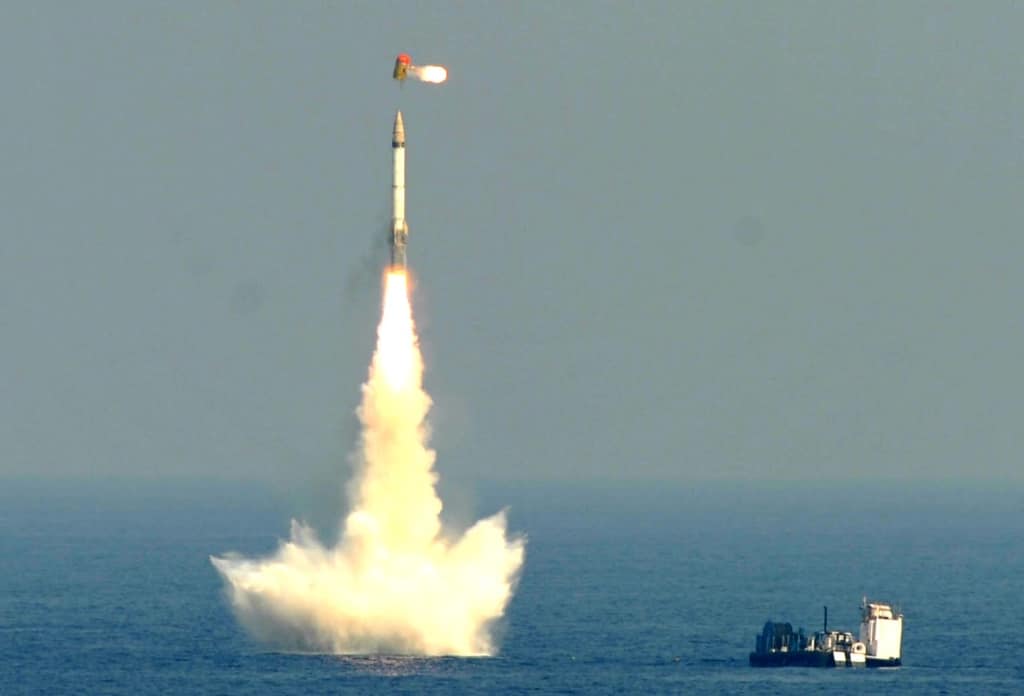
A new report by the Stockholm International Peace Research Institute (SIPRI), a leading arms control think tank, has challenged a long-held assumption about India’s nuclear arsenal. The report suggests that India may have begun a practice known as “mating” – storing nuclear warheads with their delivery systems (missiles or bombers) during peacetime.
Mating nuclear warheads with delivery systems significantly reduces the warning time before a potential nuclear launch. This can heighten tensions and increase the risk of accidental or unauthorized use of nuclear weapons. Traditionally, both India and China were believed to keep their warheads separate from launchers during peacetime, providing some buffer in case of a crisis.
Continue readingSOURCE: AFI
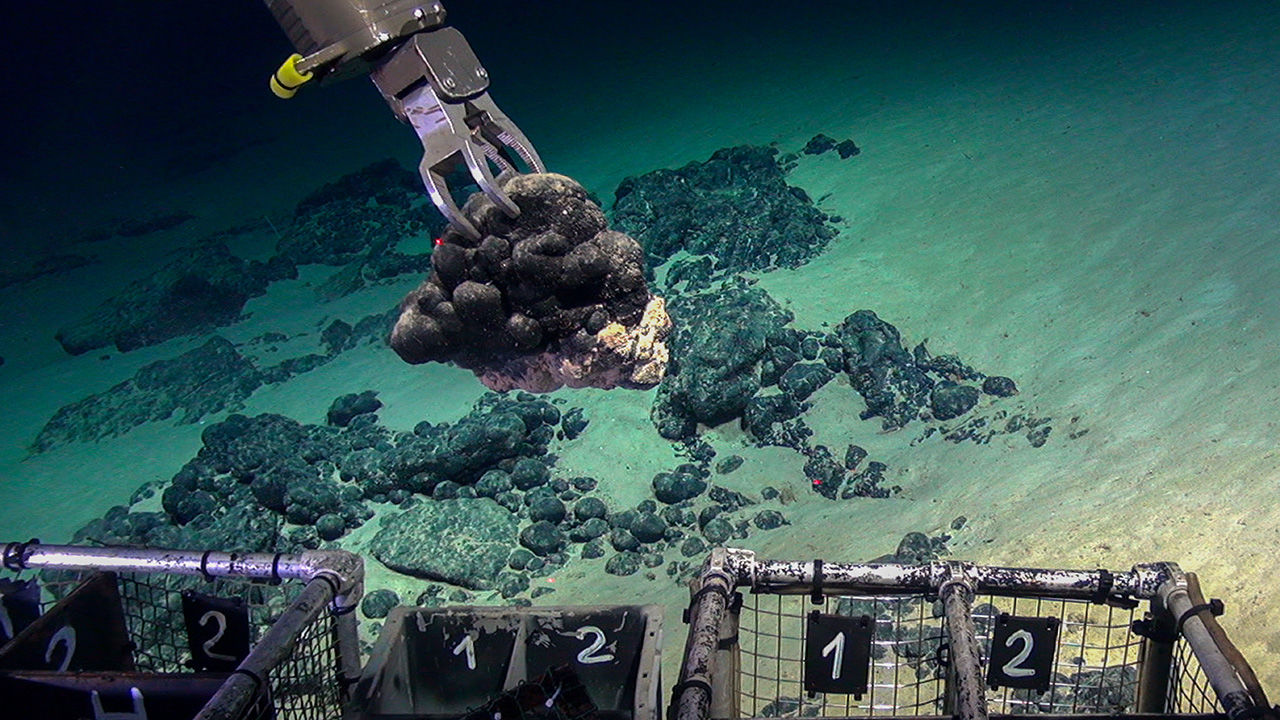
India’s quest to explore a cobalt-rich underwater mountain in the Indian Ocean has encountered a hurdle. The Afanasy Nikitin Seamount, located east of the Maldives and central to the Indian Ocean, is believed to hold significant reserves of cobalt, a vital mineral for electric vehicles and batteries.
In January, India approached the International Seabed Authority (ISA) in Jamaica, seeking approval to explore the region. Established in 1994, the ISA, under the UN Convention on the Law of the Sea, regulates economic activities on the seabed beyond national jurisdictions.